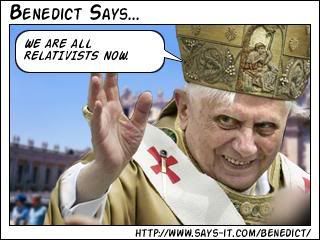"Exactly what are you a doctor of, Mr Venkman?"
The UK is currently experiencing a creationist invasion, so perhaps it isn't surprising that one of their institutes of higher learning is introducing a course that treads a fine line between fringe science and pseudoscience. As part of their Masters of Science in parapsychology, students at Coventry University will be investigating the existence of ghosts:
I don't believe in the existence of ghosts in the same capacity that I don't believe in God, Santa Claus, or the Tooth Fairy. Nevertheless, I have had a mild fascination with most things paranormal, ever since school camp in Year Five when we stayed at the Old York Hospital, but particularly with "true ghost stories." It's a harmless vice--and one that takes me back to childhood days when I took such matters more seriously. (And this book is compulsory toilet reading material in my house!) According to the Skeptic's Dictionary:For instance, some will investigate haunted houses, looking at statistics on which parts of buildings provide the most sightings.
Extra-sensory perception - where two people seem to communicate without using sound, vision, touch or smell - will also be looked at.
Dr Lawrence said: "We've got to look at what people are experiencing.
"No one has bothered to look, so people's view of the world has been divided into two components: the secular and humanist, and the religious.
"We've got to look at the middle ground, otherwise all you have is Richard Dawkins (professor of the public understanding of science at Oxford University) or the Pope."
A ghost is an alleged disembodied spirit of a dead persons. Ghosts are often depicted as inhabiting haunted houses, especially houses where murders have occurred. Why some murder victims would stick around for eternity to haunt a place while others seem to evaporate is one of the great mysteries of existence.But we don't need to be such spoil-sports. If you have a "true ghost story" to share, feel free . . .
Many people report physical changes in haunted places, especially a feeling of a presence accompanied by temperature drop and hearing unaccountable sounds. They are not imagining things. Most hauntings occur in old buildings, which tend to be drafty. Scientists who have investigated haunted places account for both the temperature changes and the sounds by finding sources of the drafts, such as empty spaces behind walls or currents set in motion by low frequency sound waves produced by such mundane objects as extraction fans.
Some ghost experiences are attributed to sleep paralysis.

















|